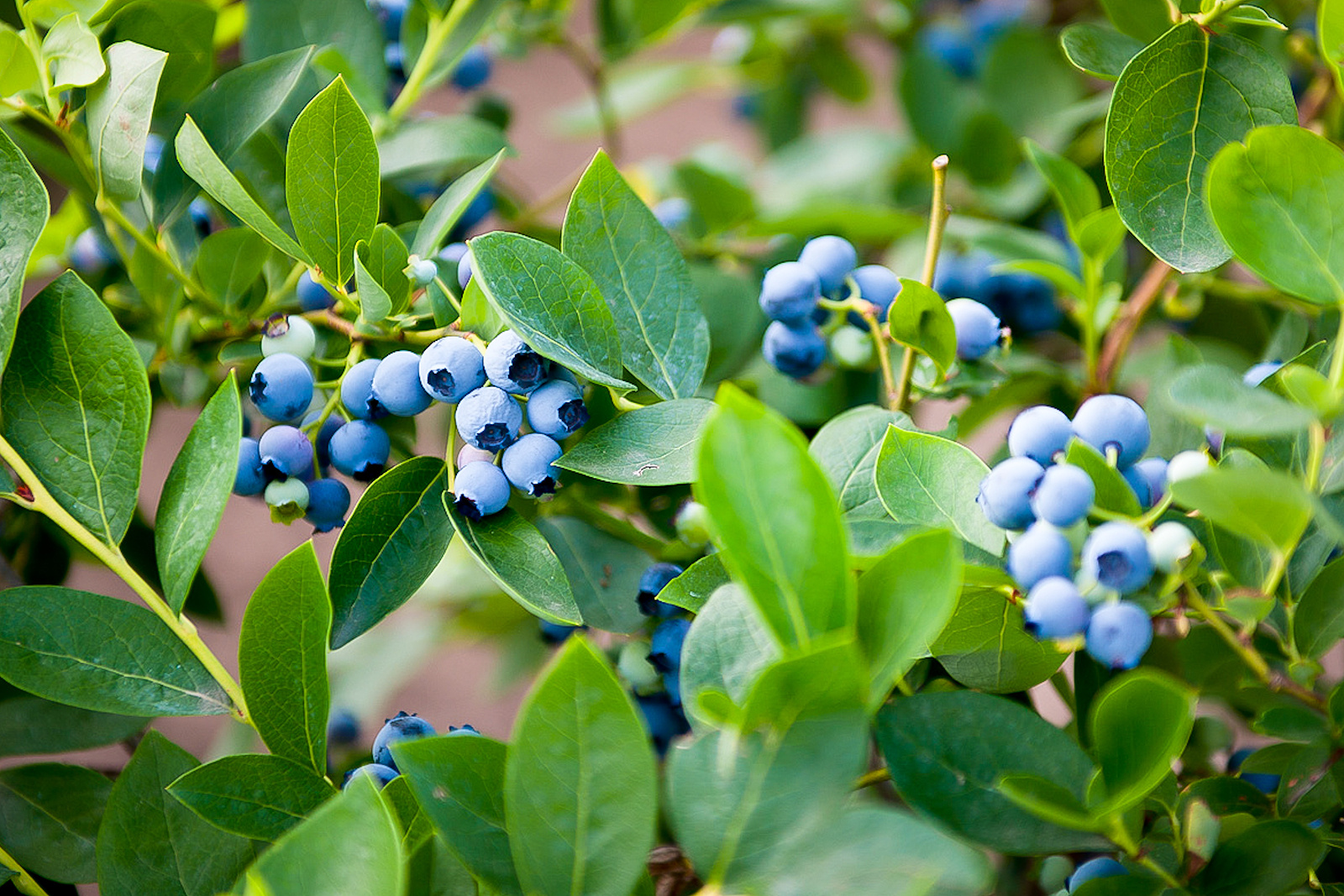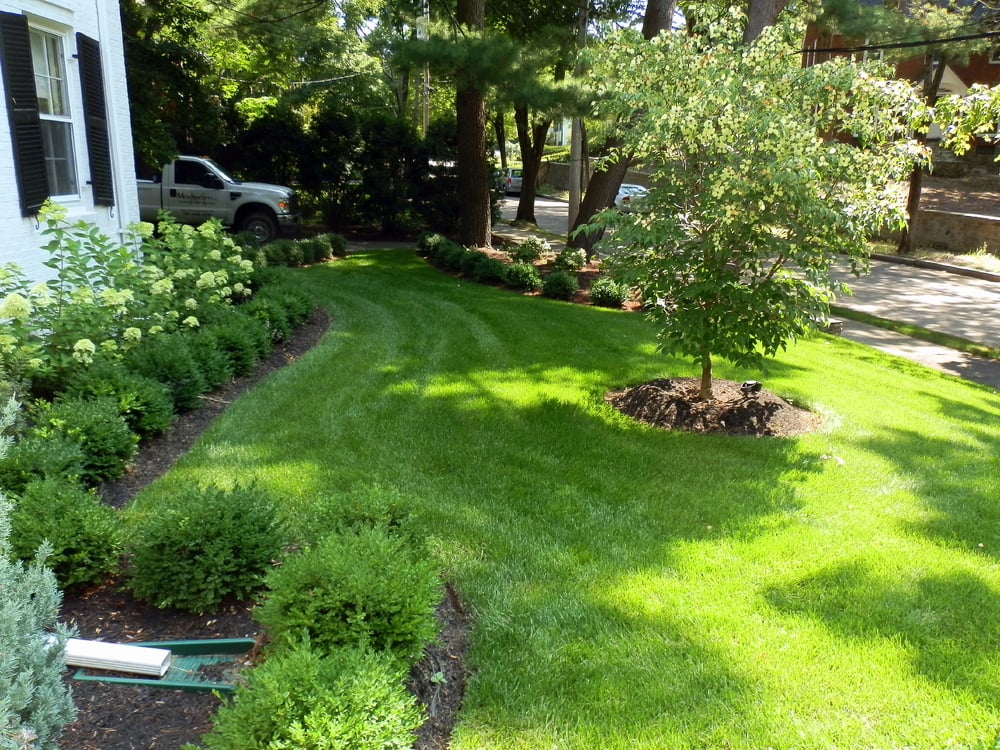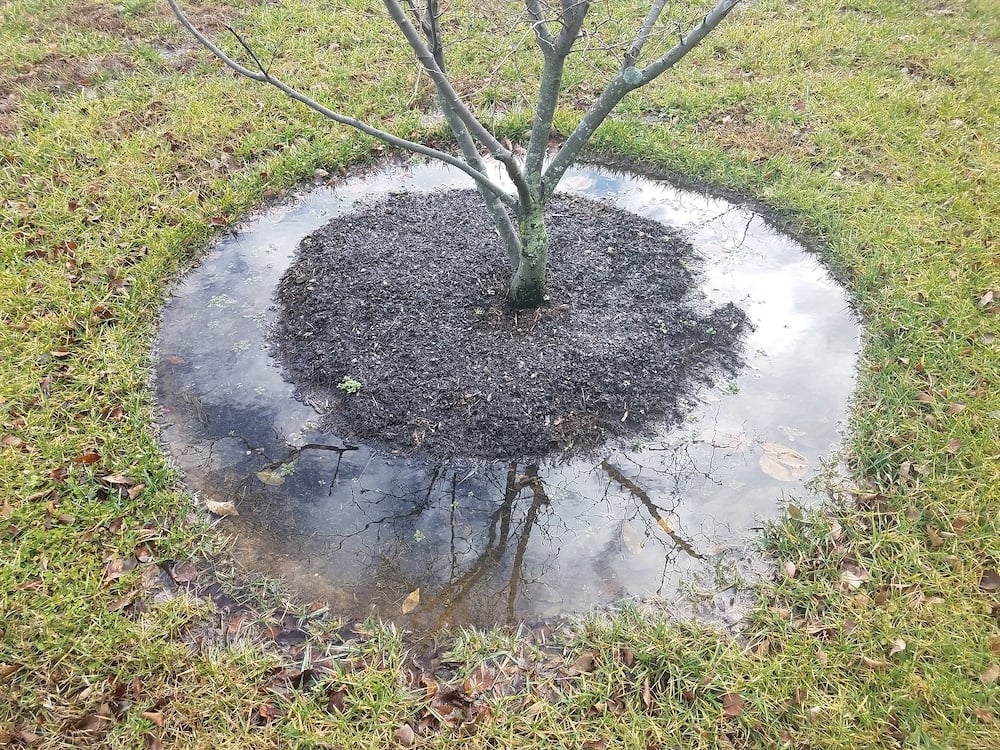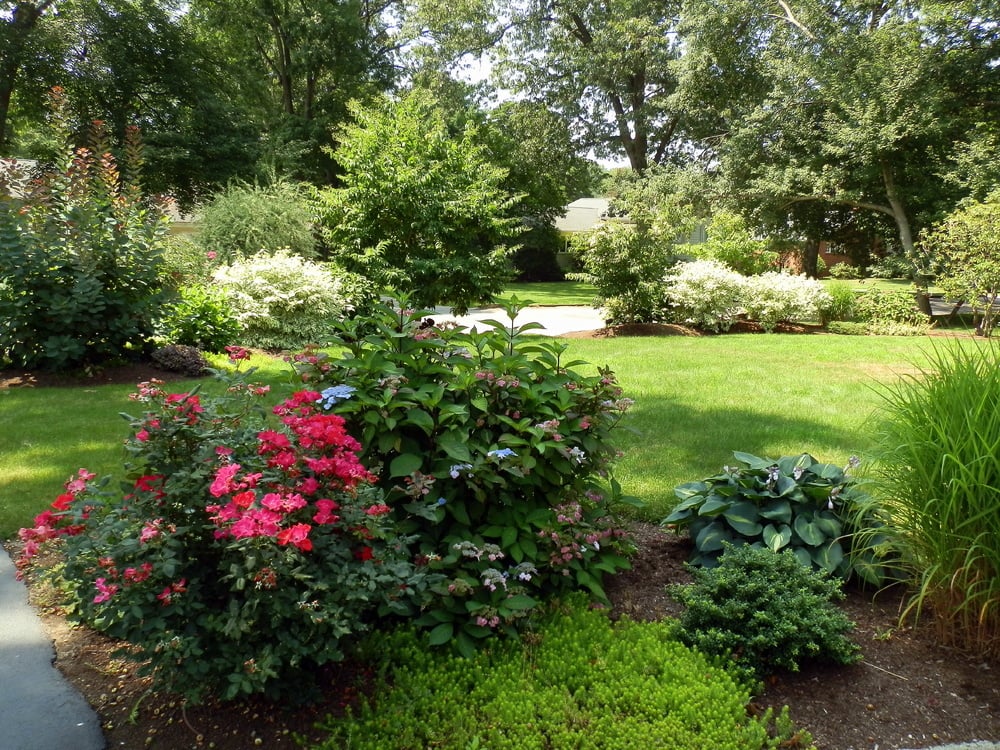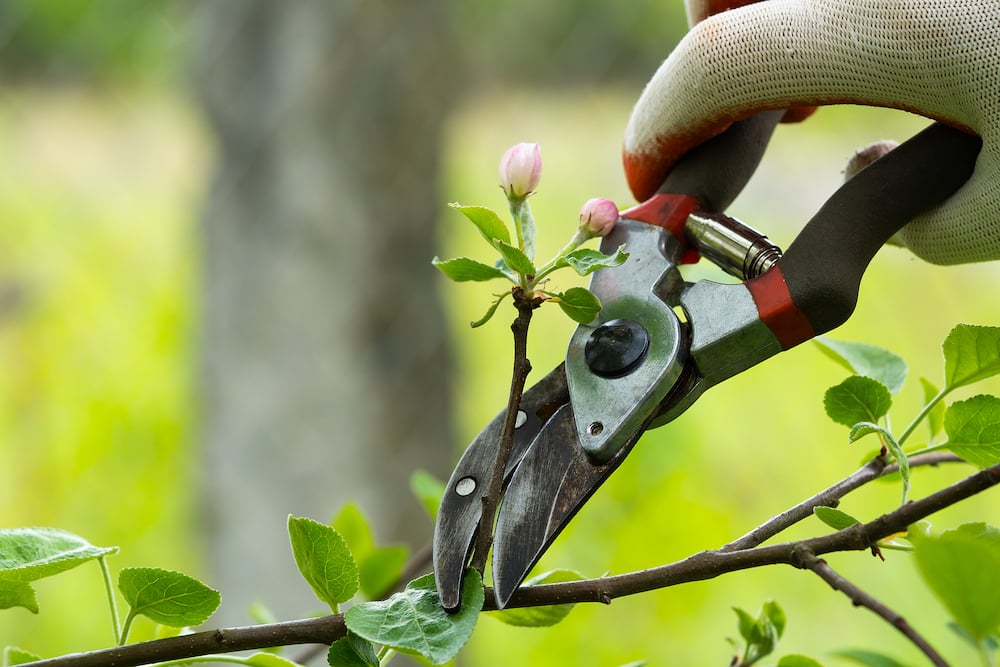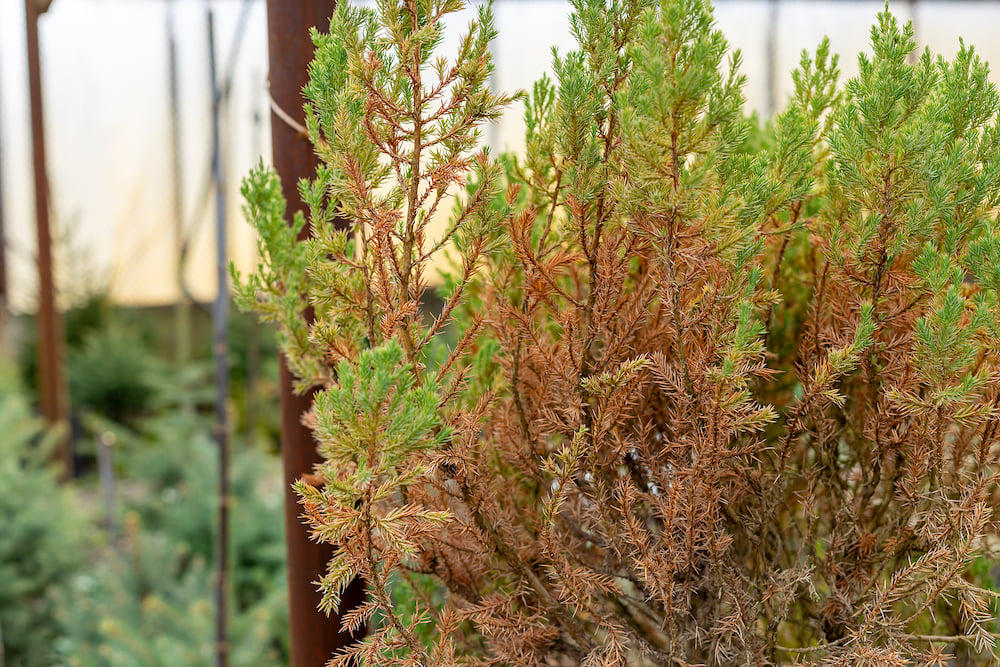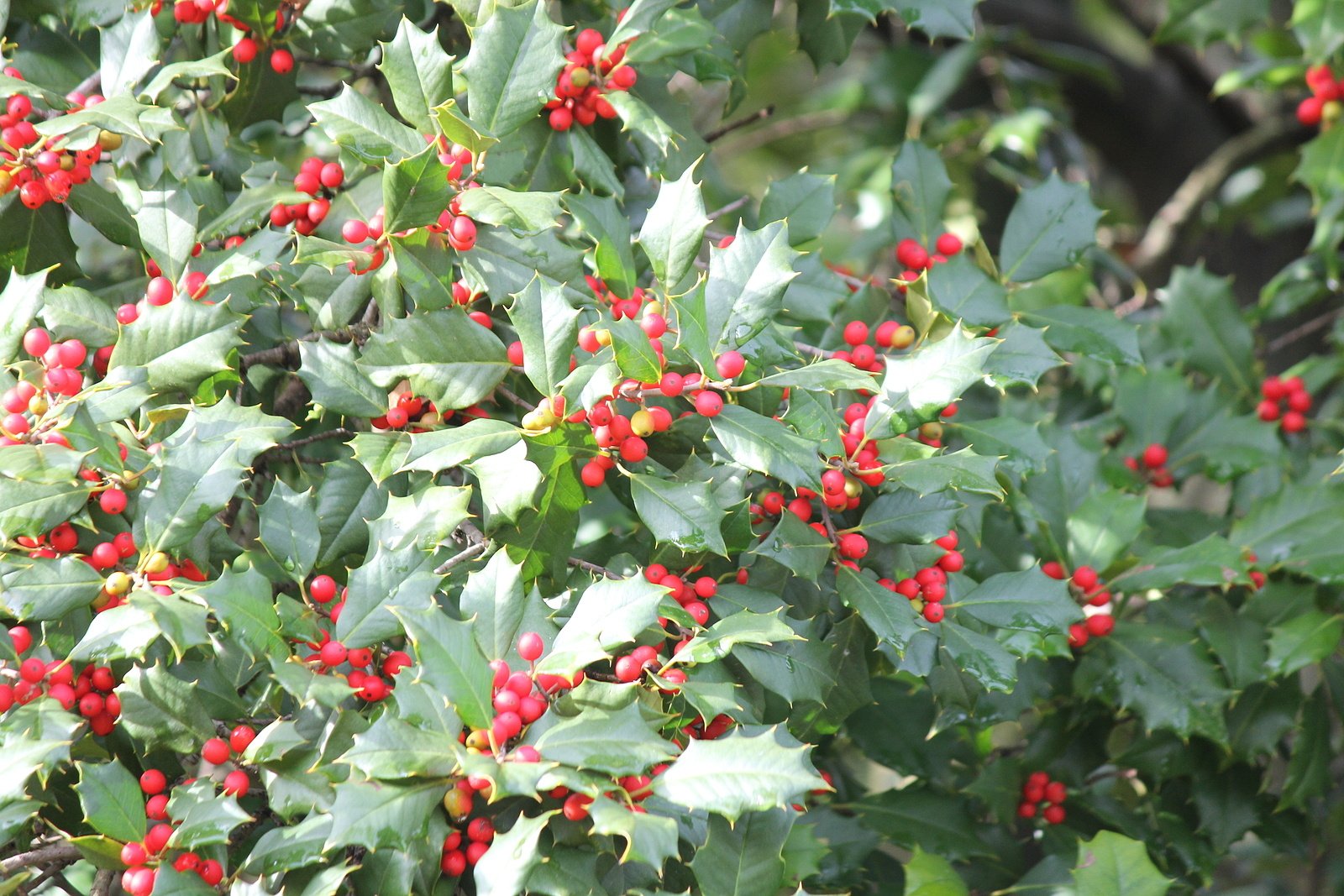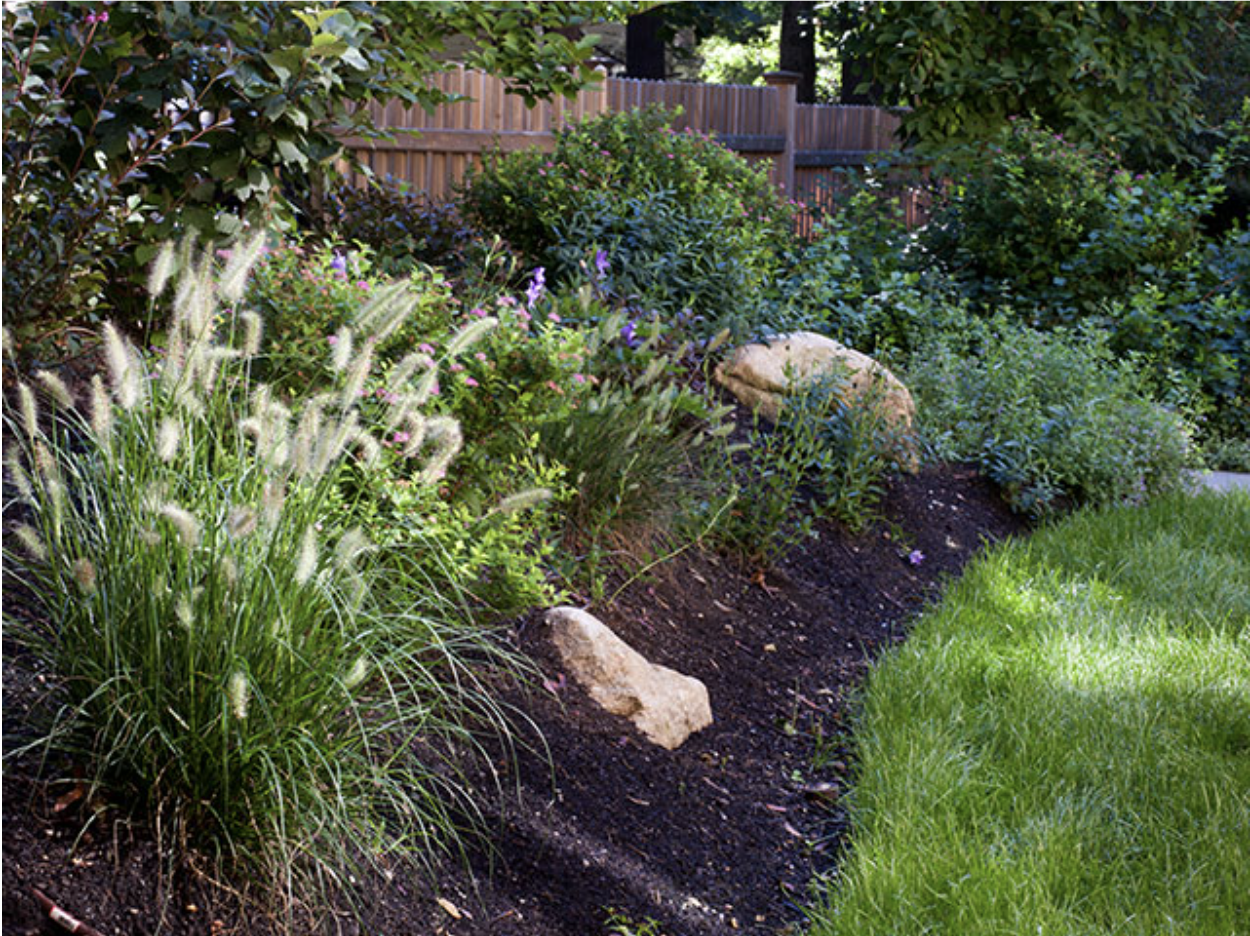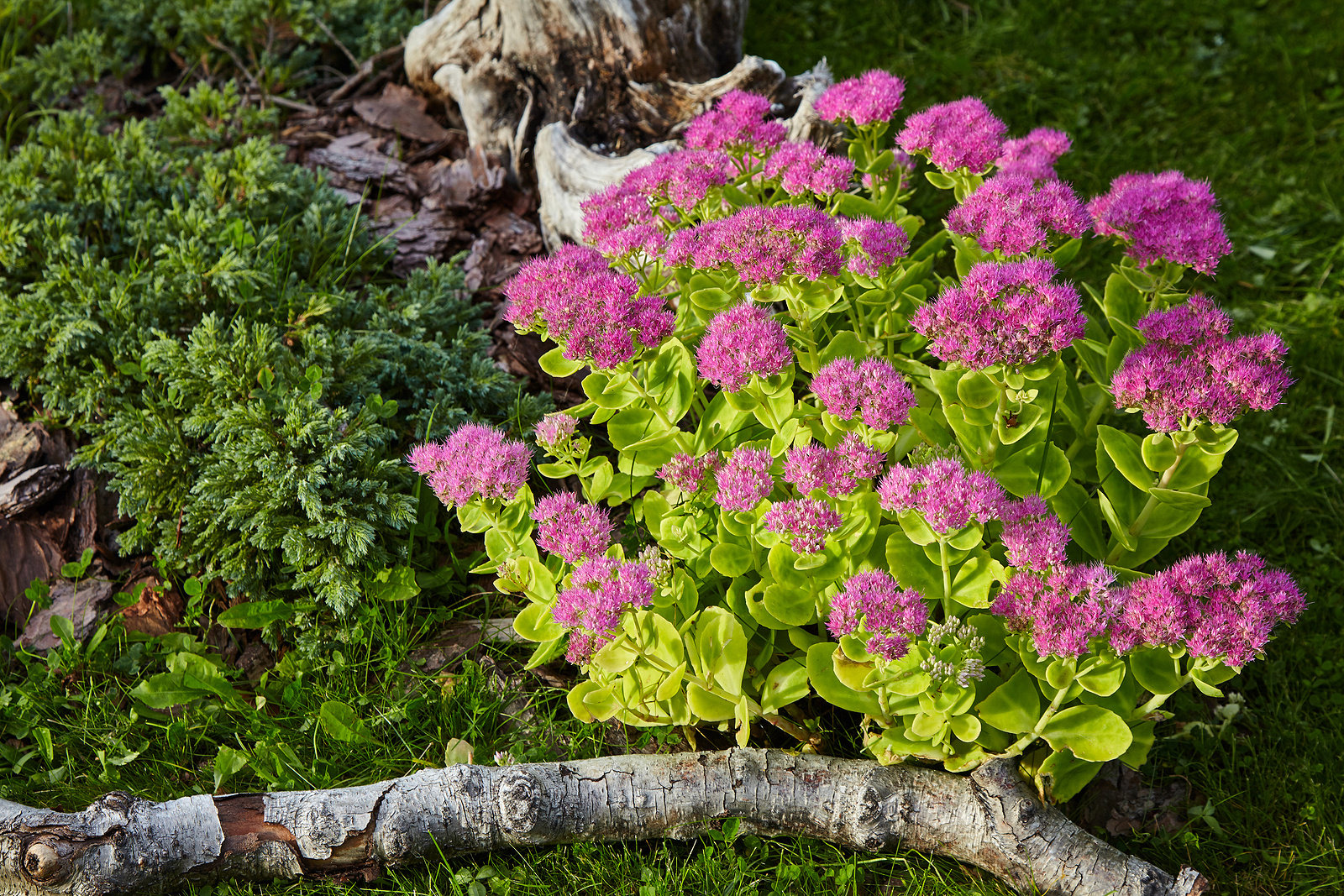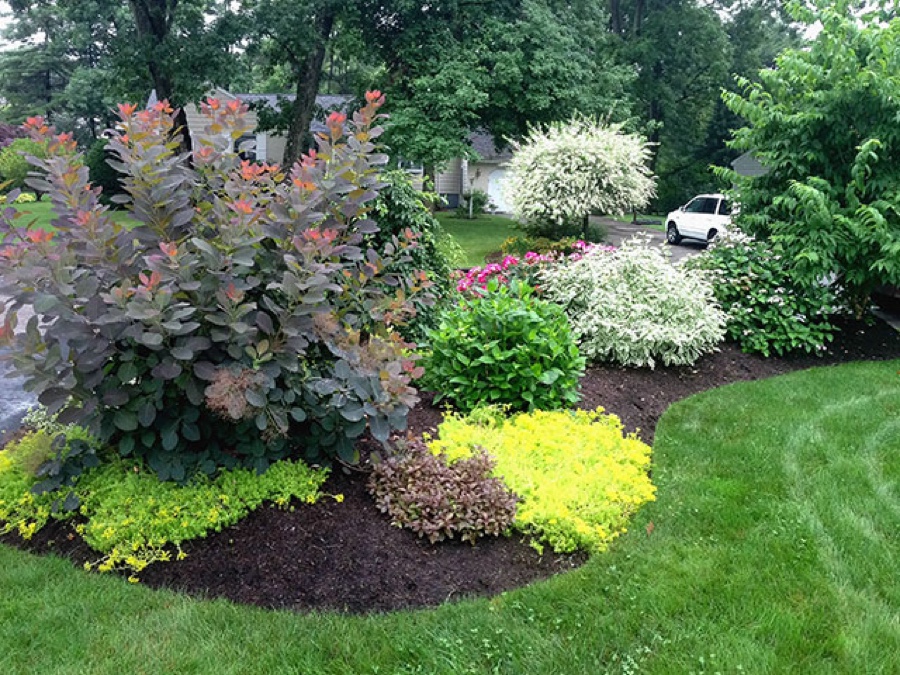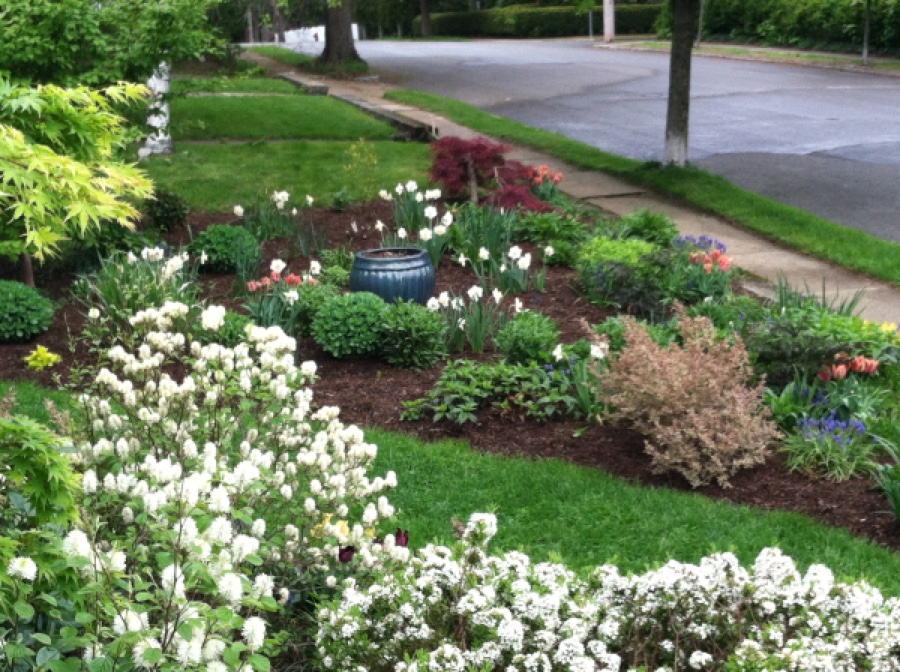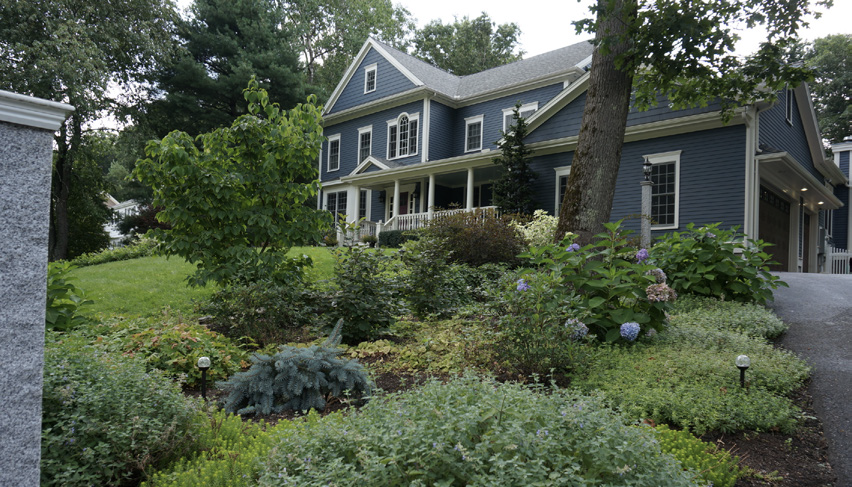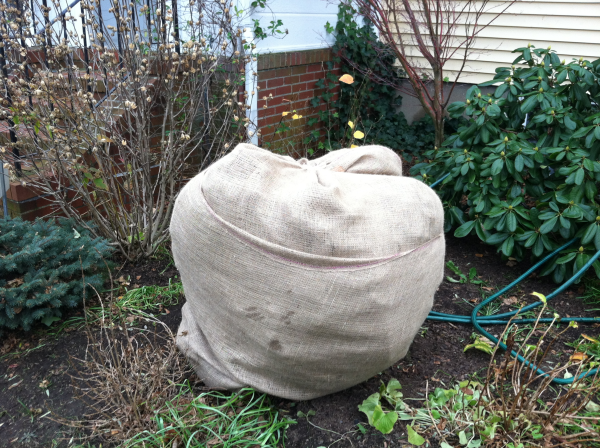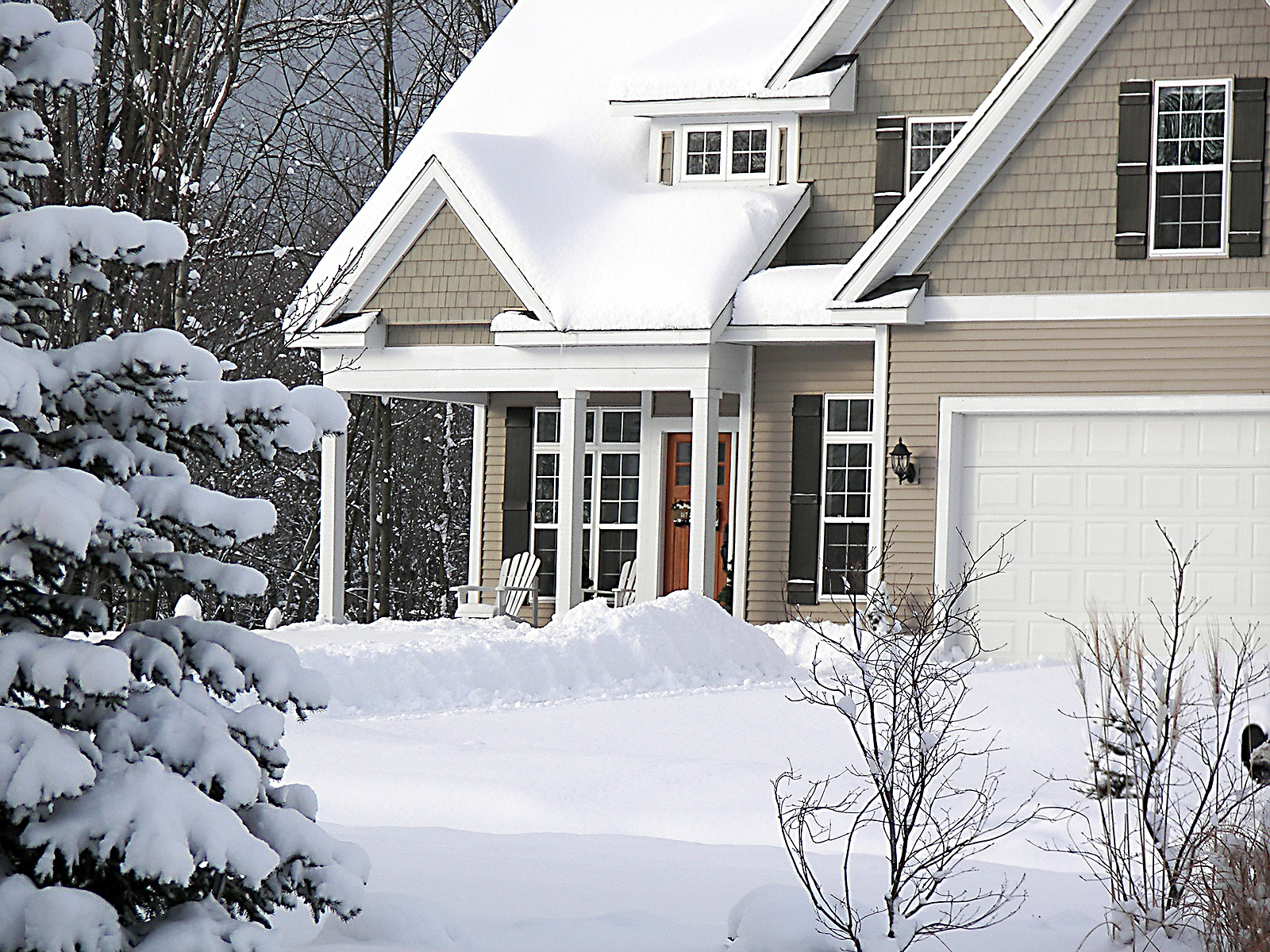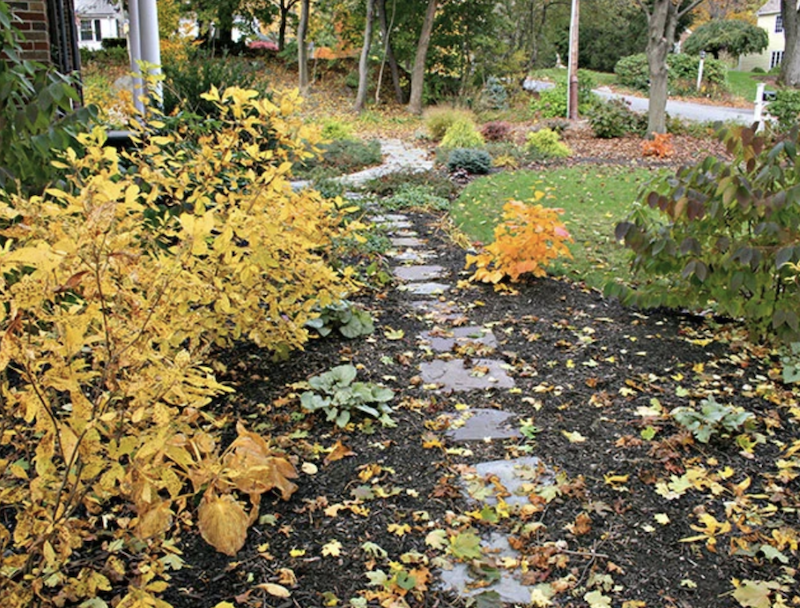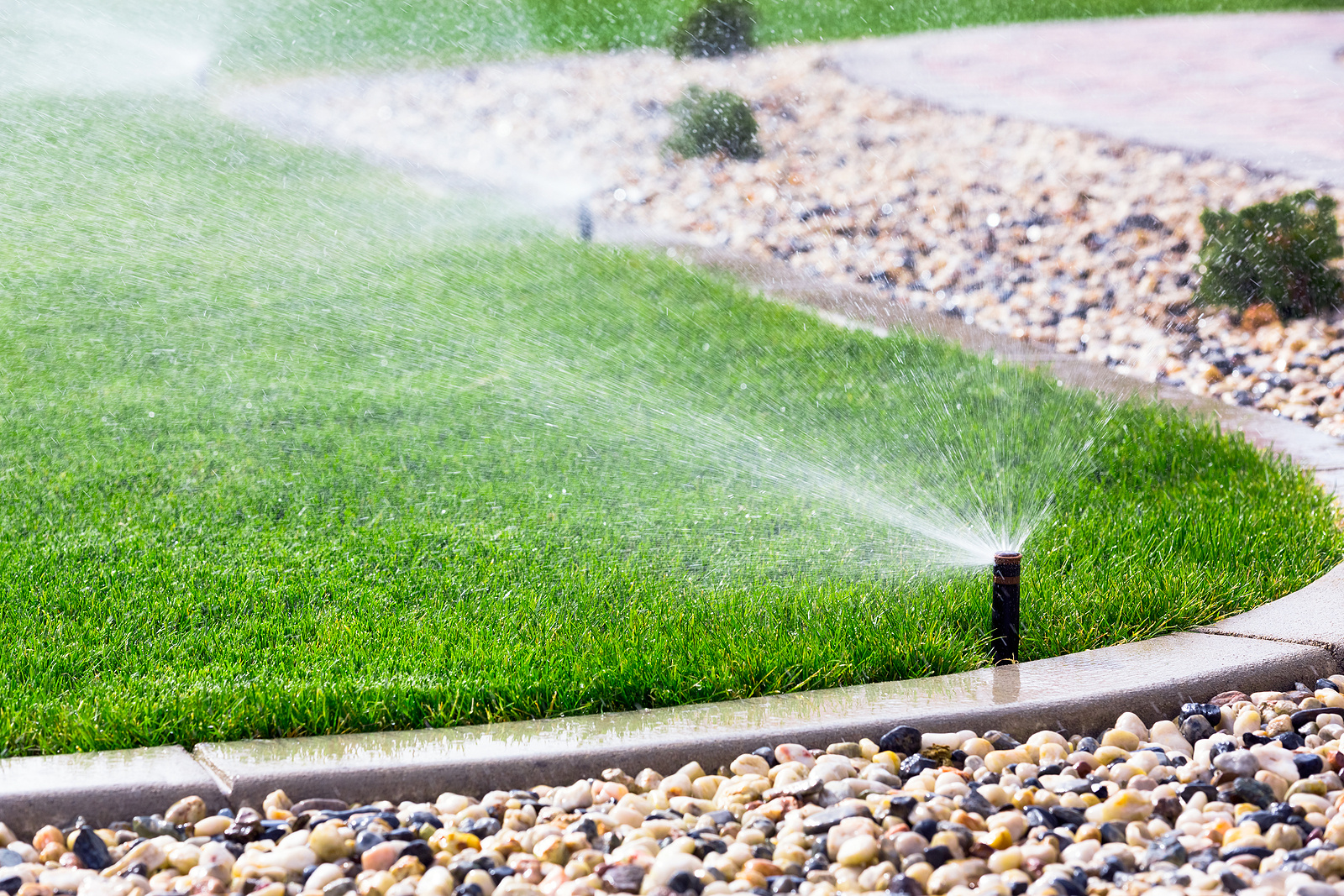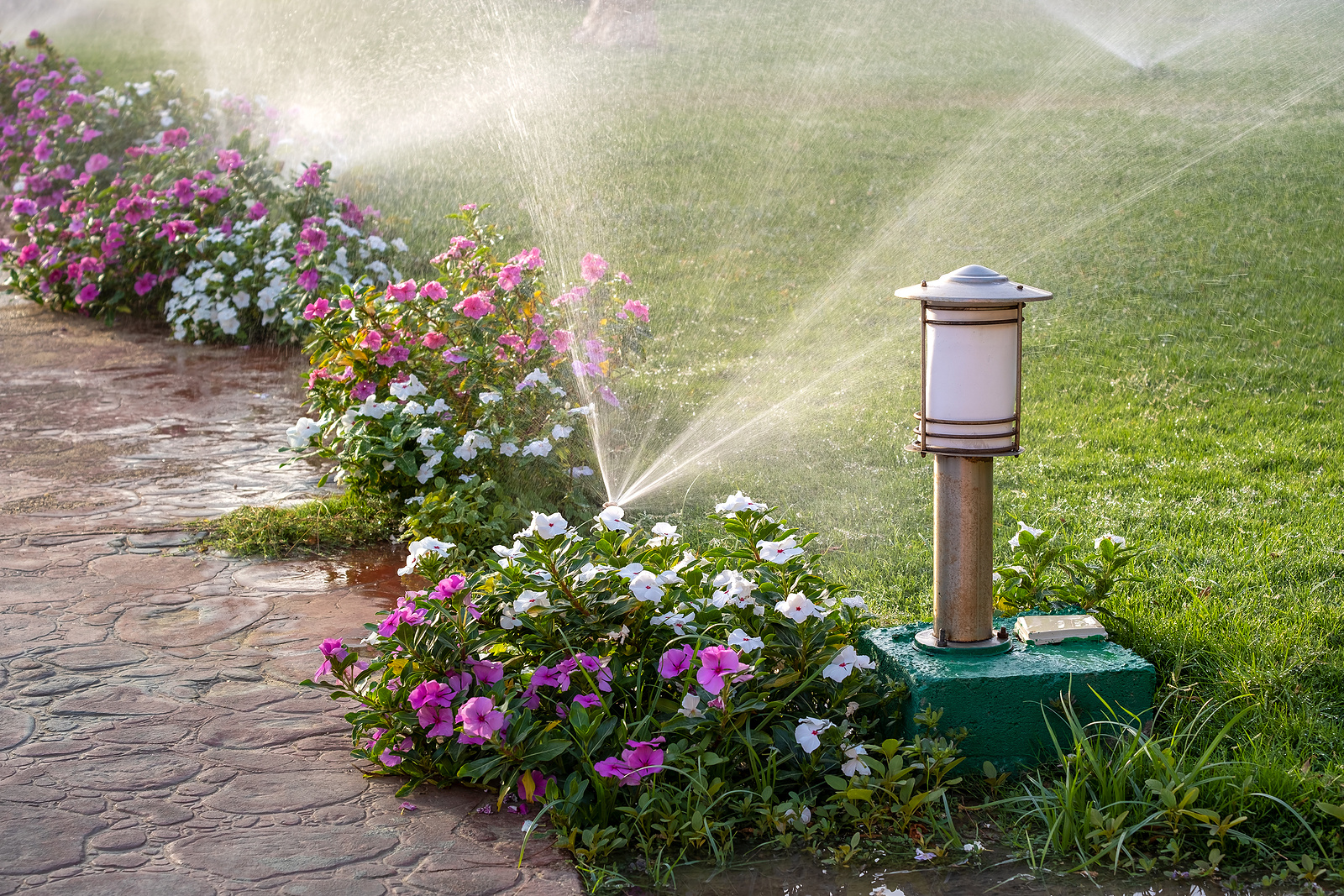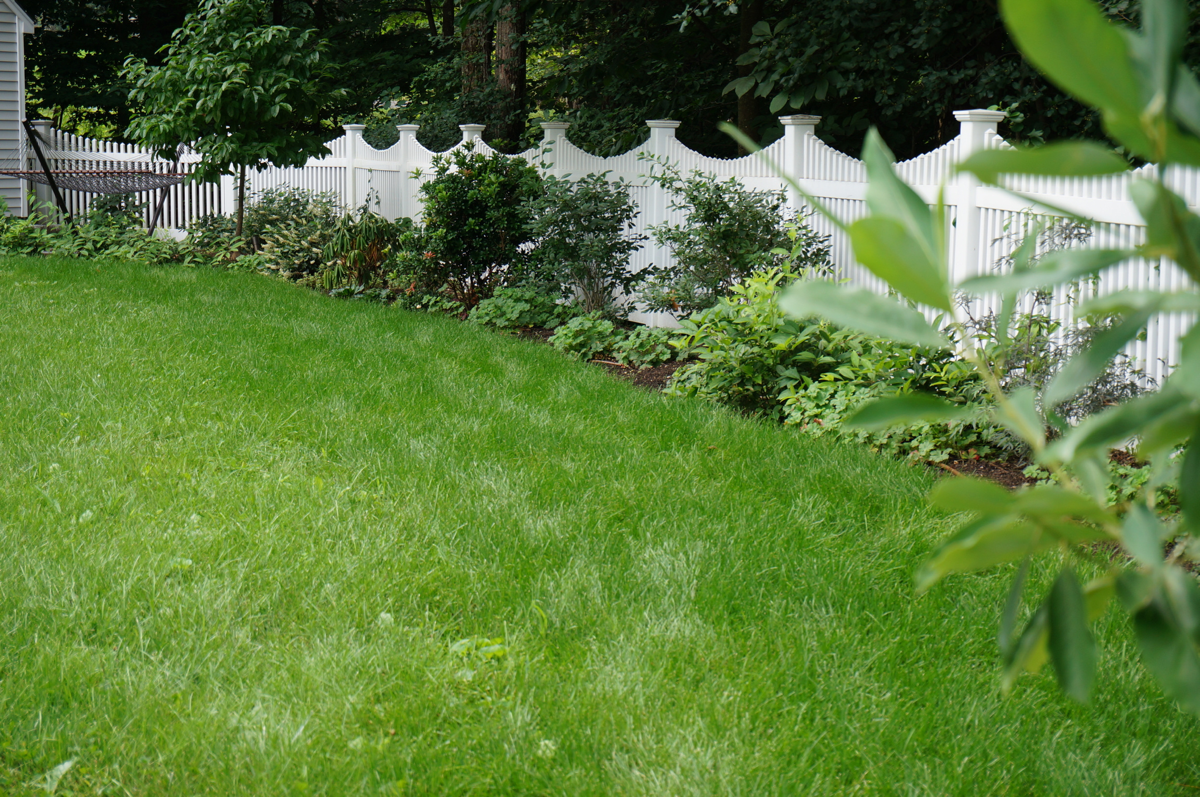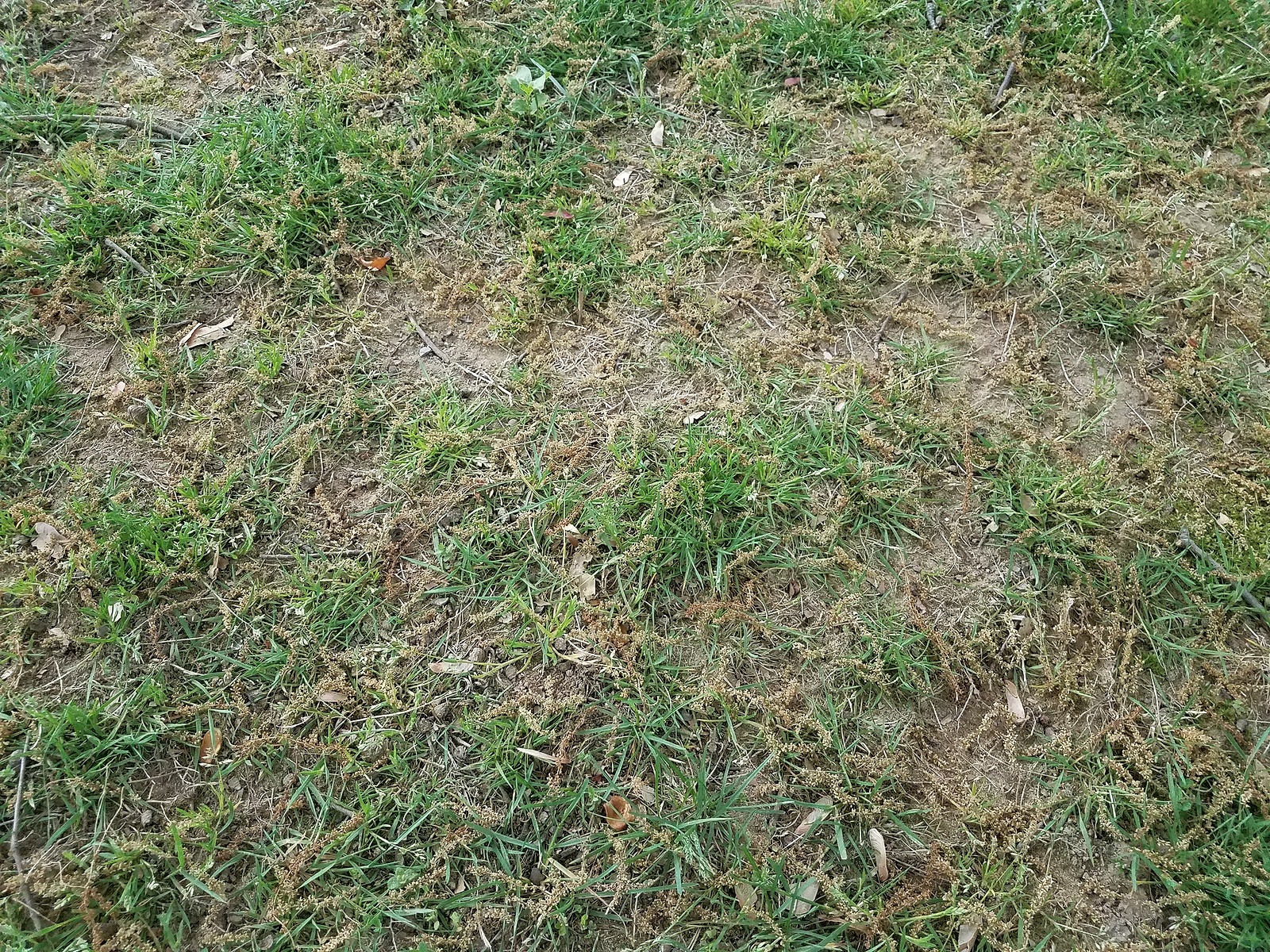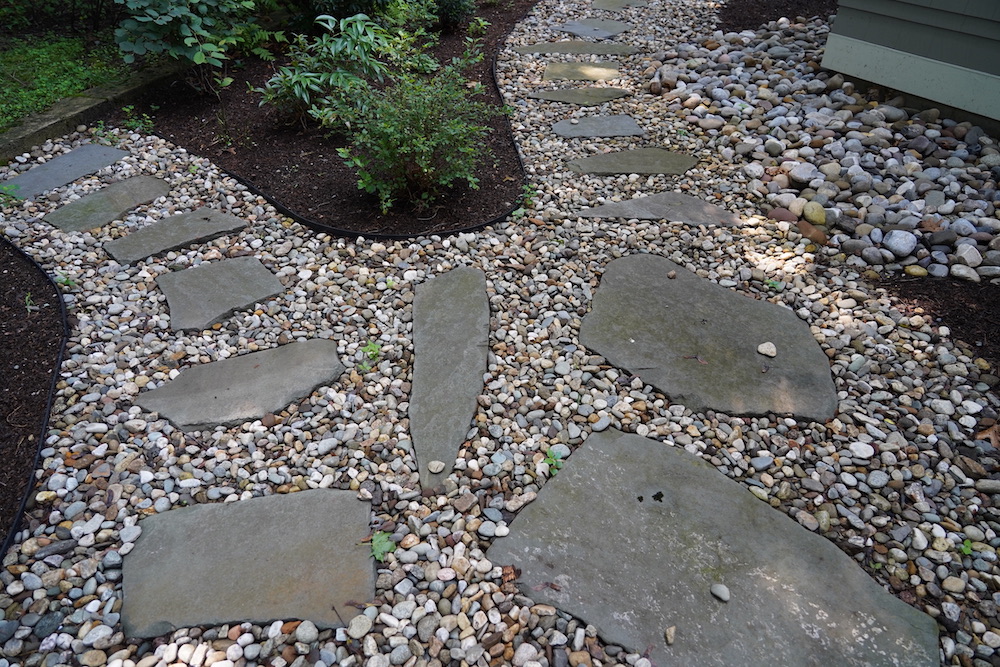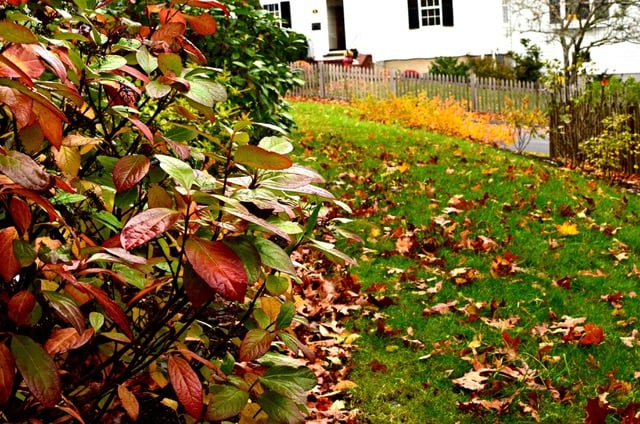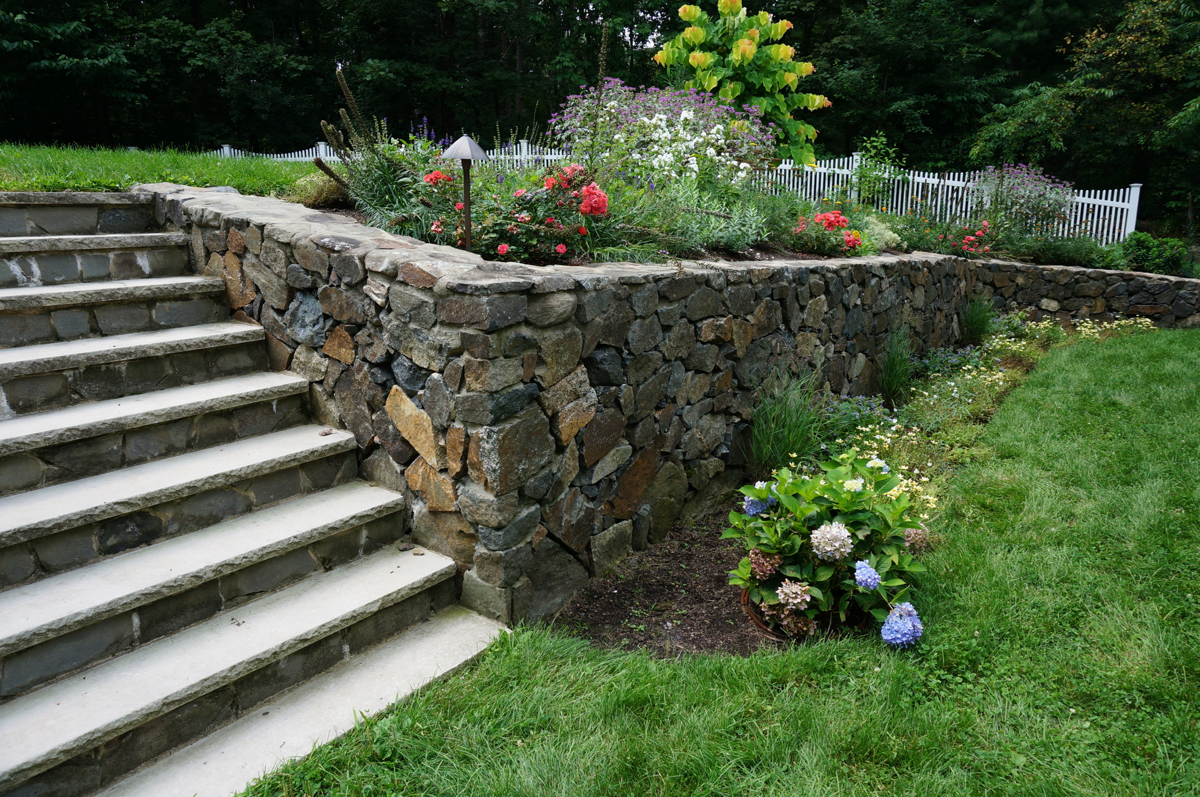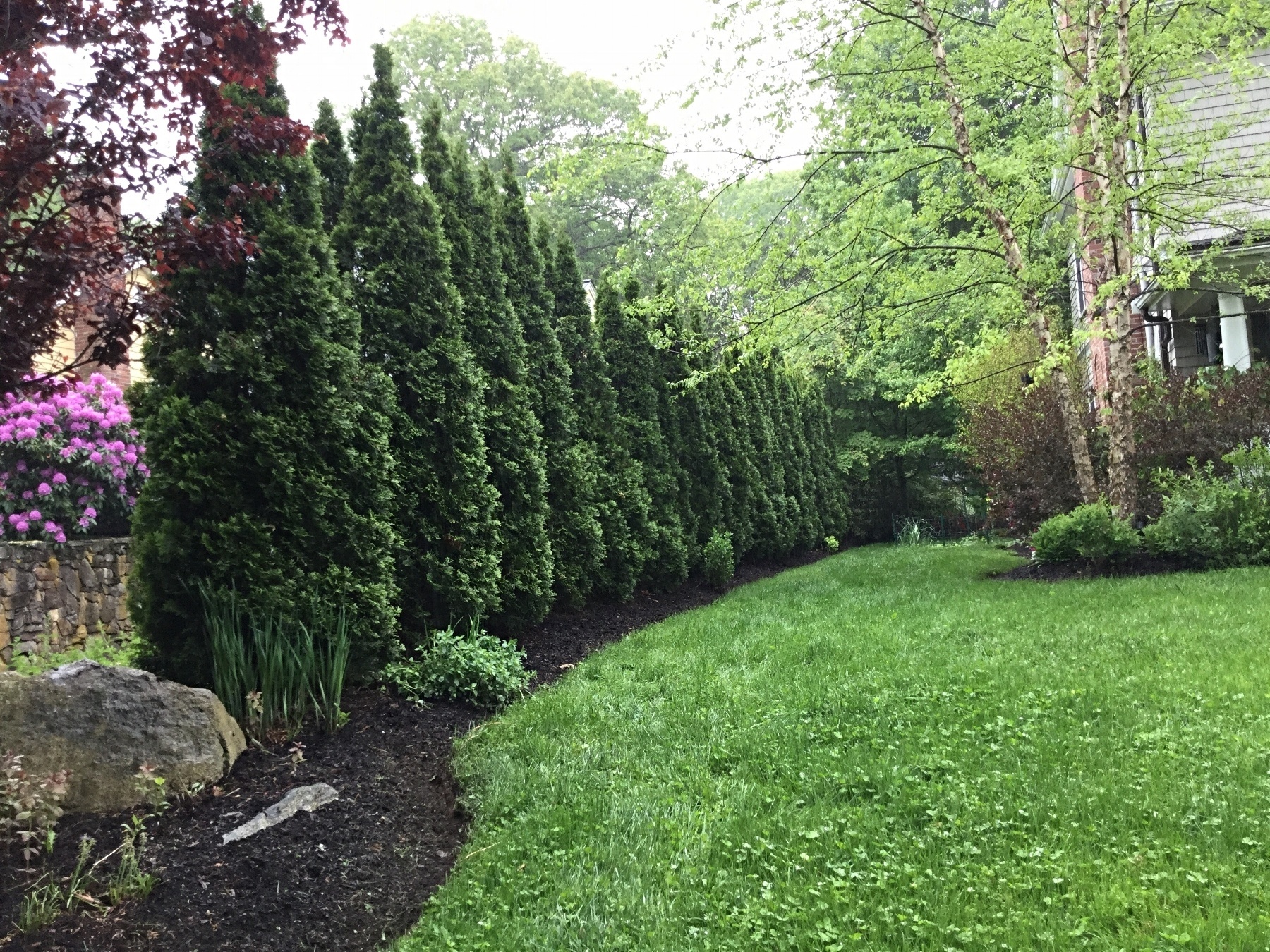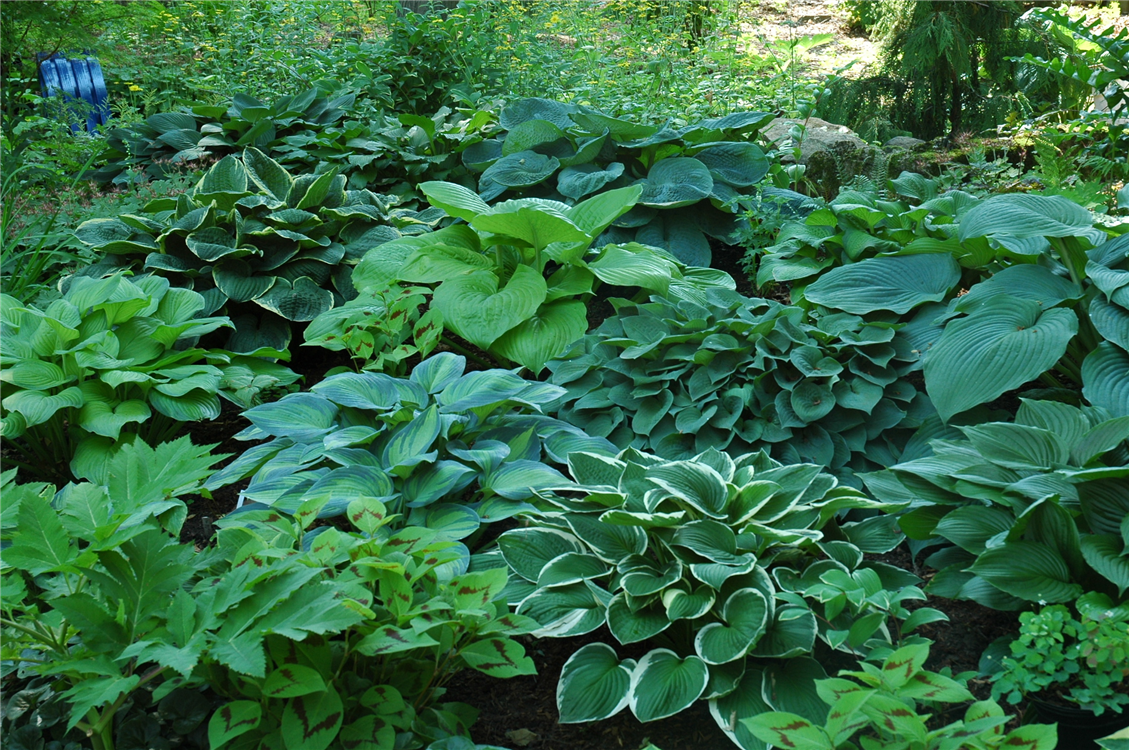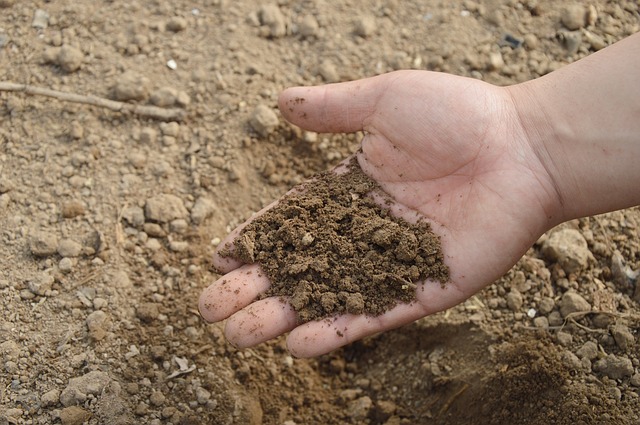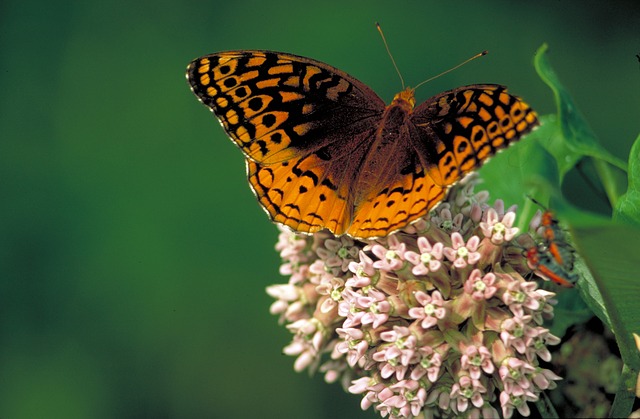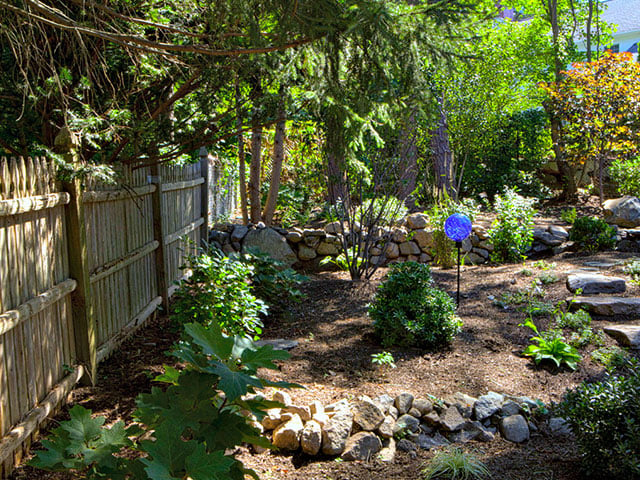Winter might seem like a quiet time in the garden, but it’s actually one of the important seasons for maintaining plants and flowers in your landscape.
The dormant winter months are the perfect opportunity to give certain varieties of your trees, shrubs and perennials some maintenance. Pruning during the winter not only promotes healthier growth and prevents disease, but also sets the stage for beautiful spring and summer blooms.

However, not all plants are well-suited for winter pruning. Let’s dive into which types of trees, shrubs and perennials best benefit from a little TLC during this time of year.
What to Prune During the Winter
Trees
- Deciduous Trees: After deciduous trees like oaks, elms and birches drop their leaves in the fall, the bare branches that remain are primed for a winter pruning session to decrease the risk of diseases and promote healthy growth. The best time of winter to prune a deciduous tree depends on its species: oaks and elms should be pruned from very late fall to early spring, while birches should be pruned during mid to late winter.
- Fruit Trees: For our area’s most beloved types of fruit trees, such as apples, pears and peaches, pruning during their dormancy encourages new growth. When pruning trees such as these, you should remove suckers and water sprouts, both of which can rob trees of nutrients. Weak or crisscrossing branches also should be cut to improve air circulation.

Shrubs
- Hydrangeas: Hydrangeas that bloom on new wood, meaning growth that occurs during the current season, should be pruned during late winter to early spring. These include the panicle and smooth varieties. Bigleaf and oakleaf hydrangeas, on the other hand, bloom on old wood by establishing their flower buds during the last year. Pruning these types during the winter will forfeit their spring-blooming flowers entirely.

- Roses: Like hydrangeas, certain types of rose bushes flourish when they have a winter pruning, such as hybrid teas, floribundas and climbing roses.
- Evergreen Shrubs: Browning branches on an evergreen shrub are a telltale sign of desiccation, which occurs as it dries out. Evergreens are particularly susceptible to this problem, which is caused by cold winds, frozen soil and freezing temperatures. You can prune shrubs like holly, boxwood and yew to remove this damage during late winter, when the worst of these poor weather conditions have passed. This is also a great opportunity to give evergreen shrubs a light shaping.
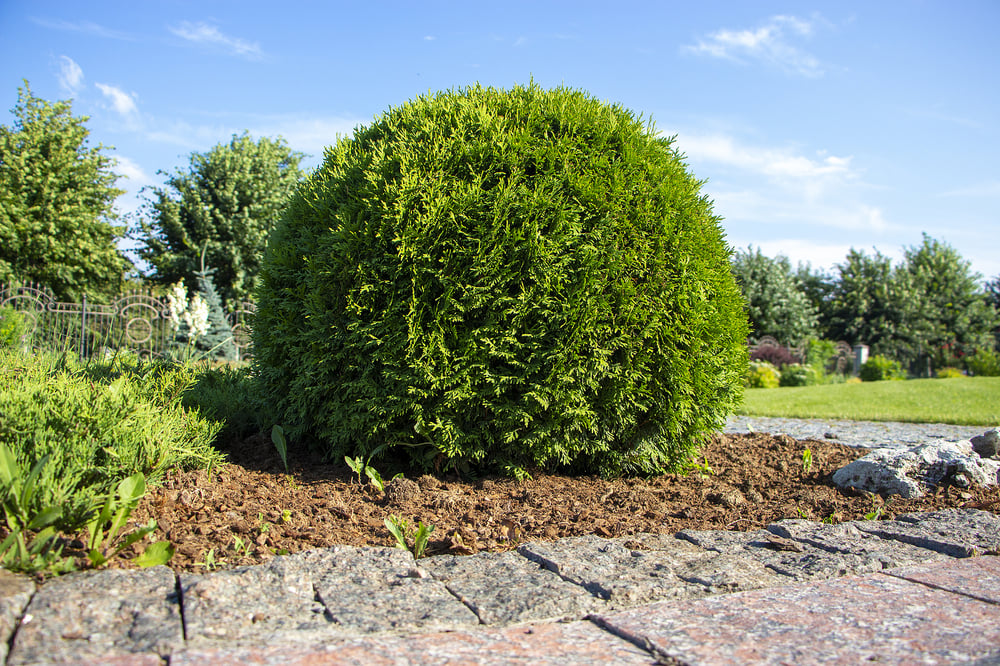
Perennials
- Berry Bushes: For berry bushes such as blueberries, your pruning cuts should target diseased branches, crossing branches and less productive branches (typically are at least four years old). The late winter to early spring is the ideal time to tackle this task to support a productive growing season and harvest.
- Flowers: Because they are prone to damage during cold conditions, many types of perennial flowers should be pruned in the early winter to minimize their risk. Some of the most common perennial flowers in Massachusetts include wisteria, peonies, daylilies, lilacs and black-eyed Susans.
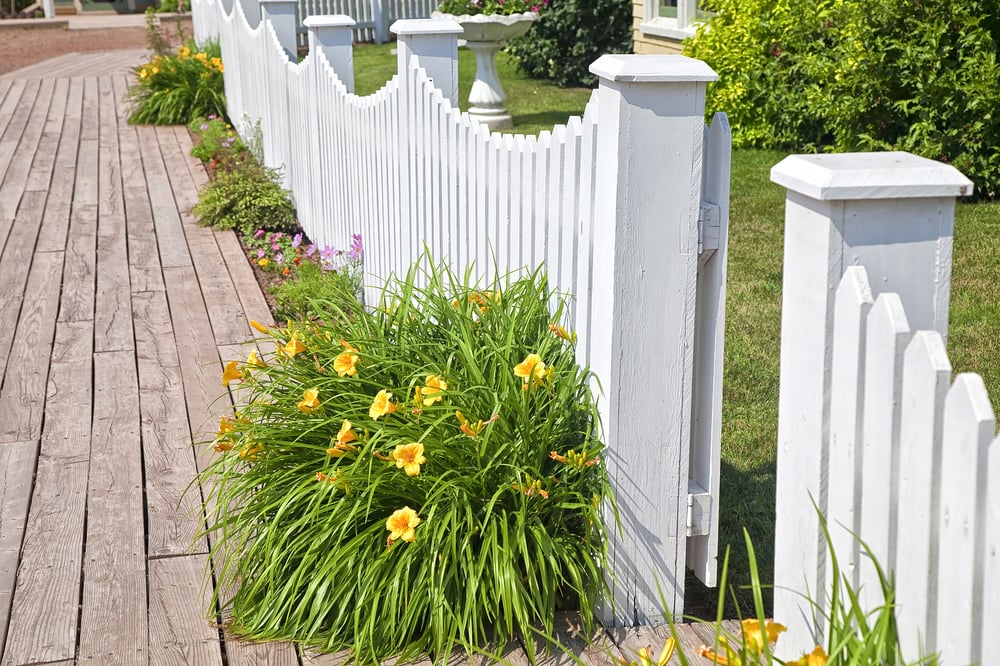
Winter pruning might not come with instant gratification, but it’s an investment your garden will thank you for in the months ahead. By braving the cold and giving your plants a strategic trim, you’re setting the stage for stronger, healthier growth in spring and a flourishing season ahead.
To learn more about organic landscape maintenance for your home, download our free ebook, How to Maintain Your Landscape and Transform It Into Beauty You'll Love. If you’re ready to get started on your new landscape maintenance project, or simply want to learn more about the process, you can contact us here to schedule a free consultation. We’d love to talk to you!


